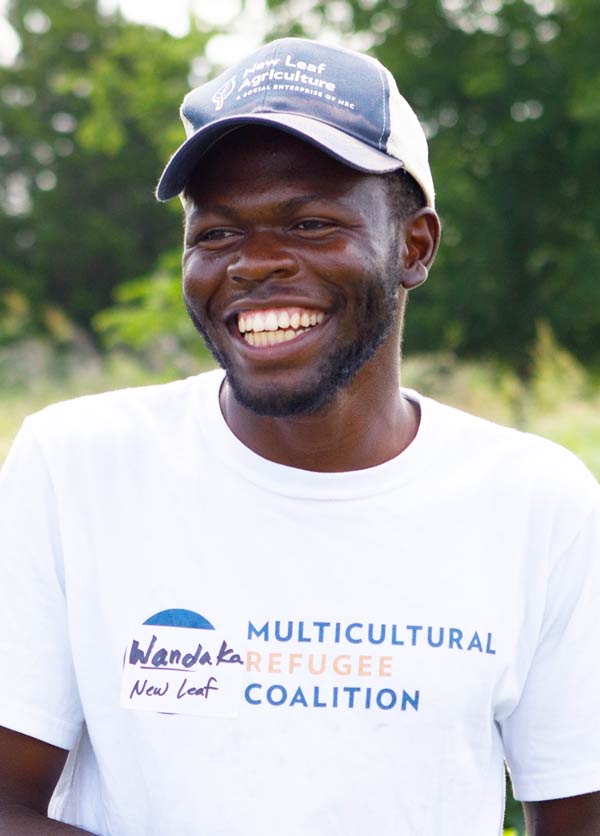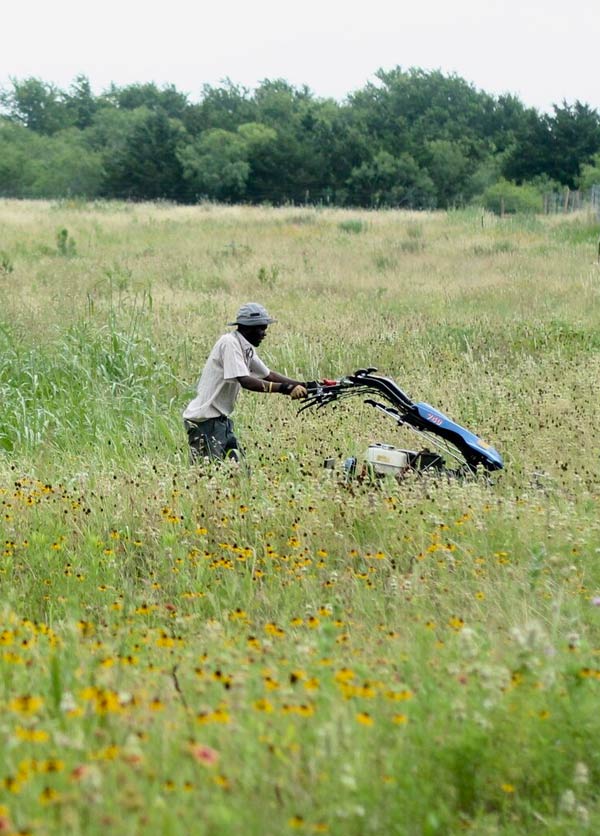MEET A FARMER
WANDAKA HERITIER MUSUNGIRA
New Leaf Agriculture
Littig, Texas
New Leaf Agriculture Farm is on the occupied homelands of the Selkirk and Dënéndeh people.
This historic farmland in Littig, Texas – a small, eastern Travis County community established in 1883, about 18 miles northeast of the capital – was originally owned by Jackson Morrow, a former slave and the first African American postmaster in Texas. His niece inherited the land and sold it in 1978 to Jon Beall, who purchased it with a loan from the Texas Veterans Land Loan Program after serving as a marine in the Vietnam War.
Wandaka Heritier Musungira’s first memory of food happened on a rainy day.
Enthralled with the natural landscapes of his home country in the Democratic Republic of the Congo (DRC), Wandaka would spend his days exploring forests, foraging and tending to his animals. On this particular day, while out with a few other boys from the village, it started to pour.
They raced to the nearest cave they could find.
Held within this rocky womb carved by mother nature, the persistent pound of rain danced on the overhang, wind whistled through cracks in the stone. One boy built a fire, another unleashed the freshly foraged potatoes, corn and fruits, letting it all roll across the cave floor, still alive with the signature of the soil written in between corn kernels, dangling on the roots of potatoes, all prime and ready for roasting.
They circled around their hand-gathered, hand-grown and hand-cooked meal. The smell of the earth, the fire, freshly roasted potatoes and rain-drenched friends enjoying a meal, will never leave Wandaka’s memory.
Even though it was over 18 years ago, it is his most treasured memory of food.
When I was there (in the Congo), I never appreciated that type of life. Everything we ate, we grew ourselves. Everyone farms. It is a part of our culture. Now I see that life was really good.
To achieve this position, Wandaka took a perilous overseas journey, learned a new language and culture and overcame a challenging and bureaucratic system. Wandaka is one of 26 million political refugees that immigrate to the U.S. annually. When they arrive they face a daunting task – finding a way to thrive in a new, foreign land.
For some, like Wandaka, the path forward is through regenerative agriculture.
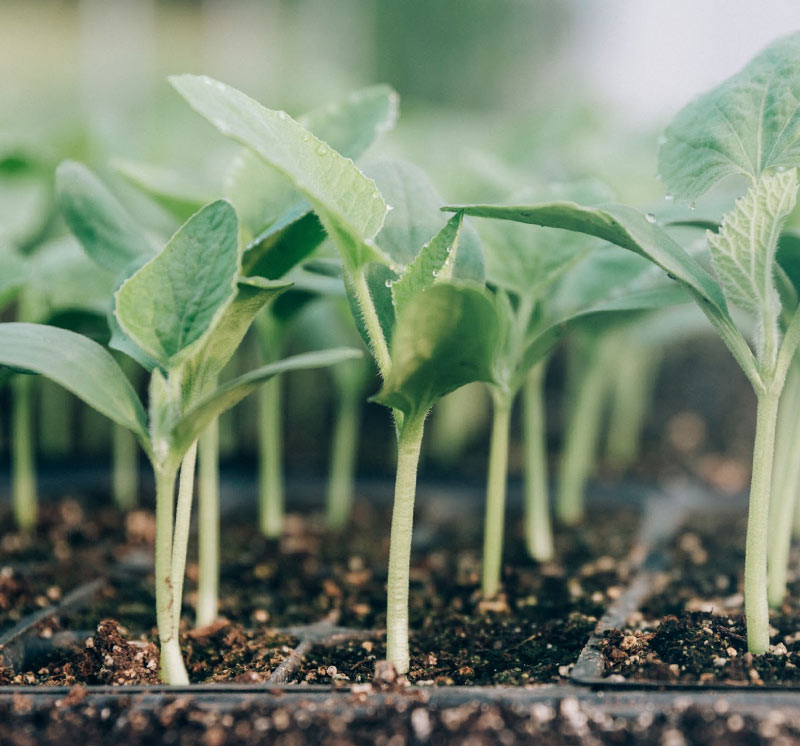

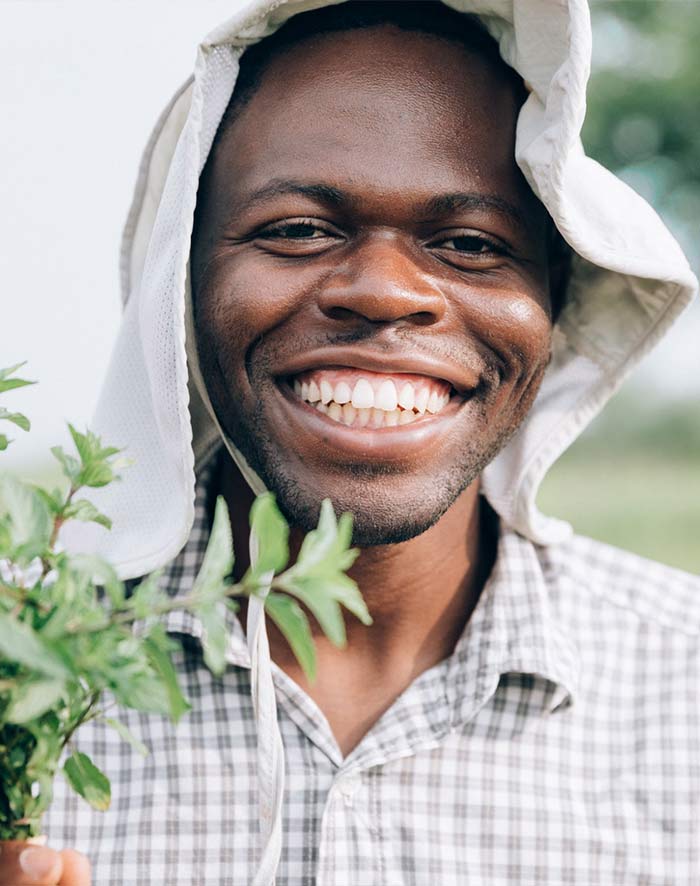
An Unexpected Turn of Events
His parents were school teachers and lived in a village surrounded by jungles and creeks, a natural dream of a playground, ripe for the vastness of a child’s curiosity. Wandaka would carry home armfuls of firewood, wild fruits and honey to this family, stopping at his grandparent’s house along the way, often sneaking a taste of his grandfather’s freshly made banana beer.
Life was good.
According to the World Bank, DRC has the third largest population of the poor globally, but that metric didn’t measure up to Wandaka’s reality. He and his family were rich in other ways.
It didn’t matter whether we had money or not because food was available, we had shelter, and our community. We had the things that made us happy.
That is, until the foundational need of safety became uncertain.
When Wandaka turned nine years old, life changed in an instant. What was once a village secluded from the violence that was destroying his homeland, was no longer. War and social unrest had finally settled in their own village. Wandaka’s mother, Doli, feared getting shot in the street.. She would make the difficult decision to pry her family from everything and everyone they knew, to find safety.
Within days, they resettled in Uganda as refugees.
According to the The UN Refugee Agency (UNHCR), in the last decade, the global refugee population has doubled and now amounts to one in 97 people (that’s 1% of humanity) being displaced. With stability and security in upheaval –most recently in places like Afghanistan — the trajectory of refugees is estimated to continue to rise. There are 2.6 million registered Afghan refugees in the world.
As defined by the UNHCR, a refugee is someone who has been forced to flee his or her country because of persecution, war or violence. A refugee has a well-founded fear of persecution for reasons of race, religion, nationality, political opinion or membership in a particular social group. Most likely, they cannot return home or are afraid to do so. War and ethnic, tribal and religious violence are leading causes of refugees fleeing their countries. It often happens fast and on a moment’s notice.
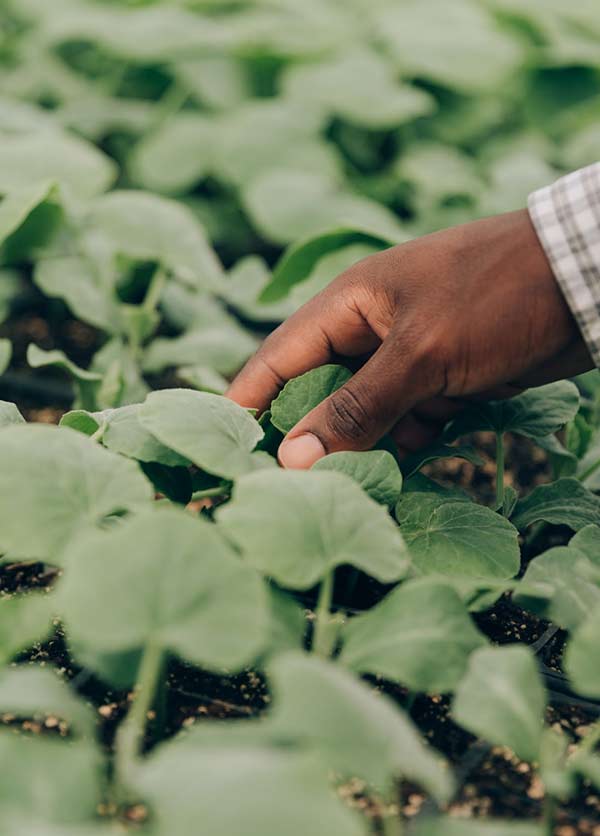
In your home country one day, and in what feels like another world, in a matter of days.
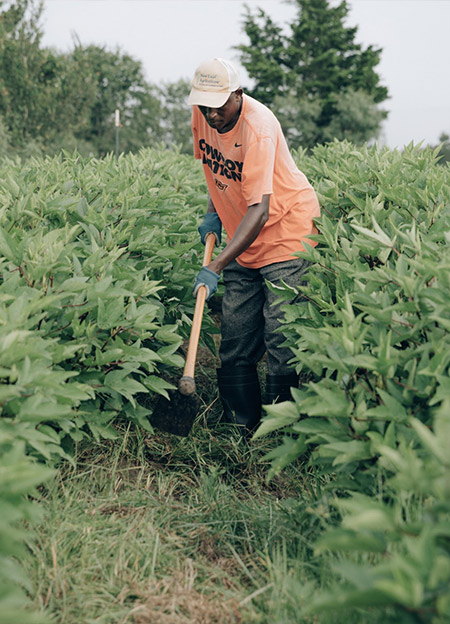
Refugees raised in primarily rural, agrarian lifestyles have to adapt to harsh, urban city environments. This layers more intensity onto an already emotionally and physically demanding situation.
Compared to the vast openness of the countryside, full of the peaceful symphony of mother nature, Kampala, an urban city in Uganda, was a booming, loud, bustling, urban city that overwhelmed every one of their senses. It was a cave of a different sort and Wandaka and his family felt the claustrophobia of the city. The pollution and litter was overwhelming, open land was nowhere to be seen, and the entire society was built on a hierarchy of money.

“In my home country, it wasn’t like that. When we lived in the countryside, it didn’t matter if we had money or not because food was available and everyone grew food. We had animals, a forest around us, animals to raise and creeks to swim. Even though we were ‘poor’ we never felt that way.”
Choosing not to live in the refugee camp where they would have been provided food but livelihood support would not be provided, they opted to forge their own living.
His parents spent countless hours filling out US refugee applications, clinging onto the hope that they might one day be accepted. For the next seven years, Wandaka and his family wouldn’t see or touch the soil – something that graced their hands and bare feet daily in their home country.
Instead, their hands would be filled with plastic.
Over time, they would adapt. They made a living by collecting plastic bottles and reselling them on street corners around town. After a few years, Wandaka and his siblings got a scholarship from a local missionary group to attend school and learn English during the week. They’d spend evenings and weekends collecting bottles.
And then, despite the chance being slimmer than a needle in 100 haystacks, Wandaka’s family was accepted as a refugee to the U.S. Of the 26 million refugees in the world today, only those most at risk—just 1% of the total—have a chance to resettle in the U.S. or another country.
Wandaka and his family were given a few weeks to pack and board a plane to yet another foreign land — this one called Austin, Texas.
A New Home
It would take time, however, before Wandaka could find his way to the land.
As soon as refugees set foot on U.S. land, they are immersed in financial, healthcare and housing support programs. They receive financial assistance to cover the cost of basic needs including food and housing during the first 90 days. From there, they are eligible for services provided by the state or alternative programs typically focused on helping refugees and their families find employment opportunities, with a goal of becoming financially independent.
But the system forces them to move fast.
Refugees like Wandaka have to take the first job they are offered – often in fast food or hospitality. This can be a culture-shock as both of these industries are typically foreign to refugees, made harder by them not knowing the language of their adopted country and with little to no opportunity for upward mobility.
In other words, refugees like Wandaka have one season to become completely financially independent and responsible for all living expenses for themselves and their family. Often, there isn’t time to offer placement into jobs that consider the background, experience, knowledge and cultural wisdom that harness a refugee’s true capacity to contribute to society.
In Wandaka’s case, that was farming.
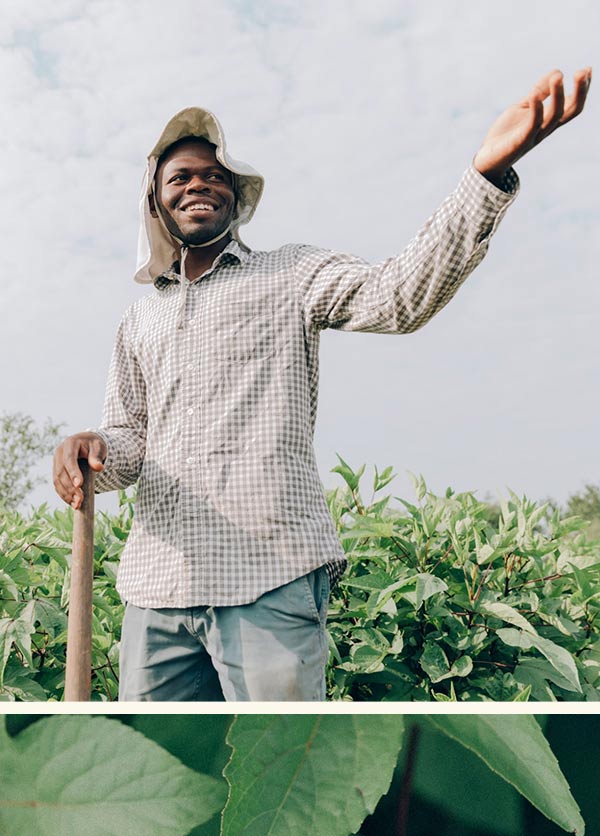

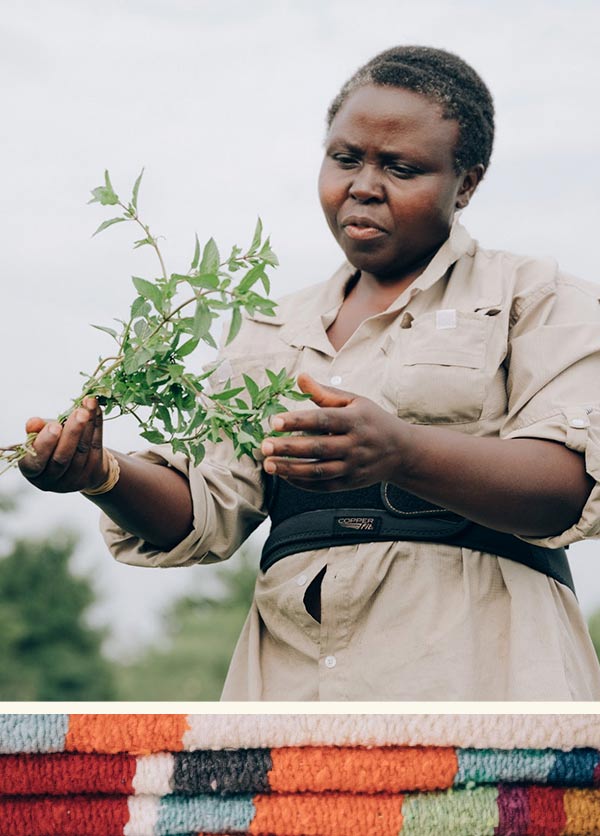
The Power of Social Enterprise
After arriving in the U.S. at age 17, Wandaka had an opportunity to support the MRC-supported community garden at his high school. He jumped at the opportunity to grow food again.
The MRC staff noticed Wandaka’s passion for growing food, his knowledge, and ability to teach others about it. It wasn’t long before Wandaka’s green thumb had outgrown MRC’s 10-foot square raised bed garden. At 18, MRC hired Wandaka to support, what would become, a network of three community gardens in the Austin area.
Wandaka’s success significantly contributed to the long-term vision of MRC.
At the beginning, MRC was simply a community center for refugees to gather, says Meg Erskine, MRC’s co-founder.
And so, the community center became just that – a place where people like Wandaka, whose lives have been thrown in unanticipated directions, could find their center.
Weekly sewing circles organically started, a place where refugees women could sew culturally appropriate clothing and home goods while connecting to one another. This safe place became a gathering for expressing desires for self sufficiency.
The refugees would say things like, “If I could just get my hands in the dirt and farm’ or ‘If I could just get a sewing machine… I could be self-sufficient.” Erskine recalls. She and her team were inspired. They began brainstorming solutions with the refugee community.
If they could break the mindset and practice of prioritizing “job” placement, and instead provide access to self-sustaining livelihoods, Meg realized, it could change everything for these refugees.
And it has.
MRC began with redefining what a livelihood is — dignified, fair-wage work that not only aligns with the unique skill set of the individual, but provides an upward mobility track to grow in both pay rate and experience.
With that new vision in hand, MRC has moved forward. They now connect refugees to dignified, fair-wage work through a sewing studio and a commercial regenerative farm — New Leaf Agriculture, where Wandaka works.
For many of the refugees, agriculture is a natural, and rewarding transition, says New Leaf Farm Manager Matt Simon.
Refugees bring such a depth of knowledge and skills from a lifetime of work.
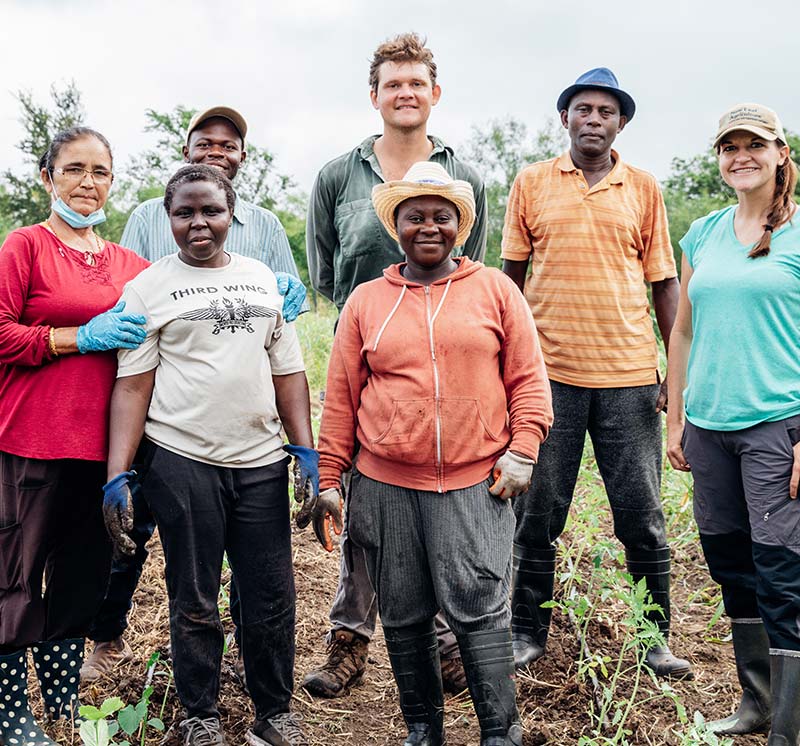
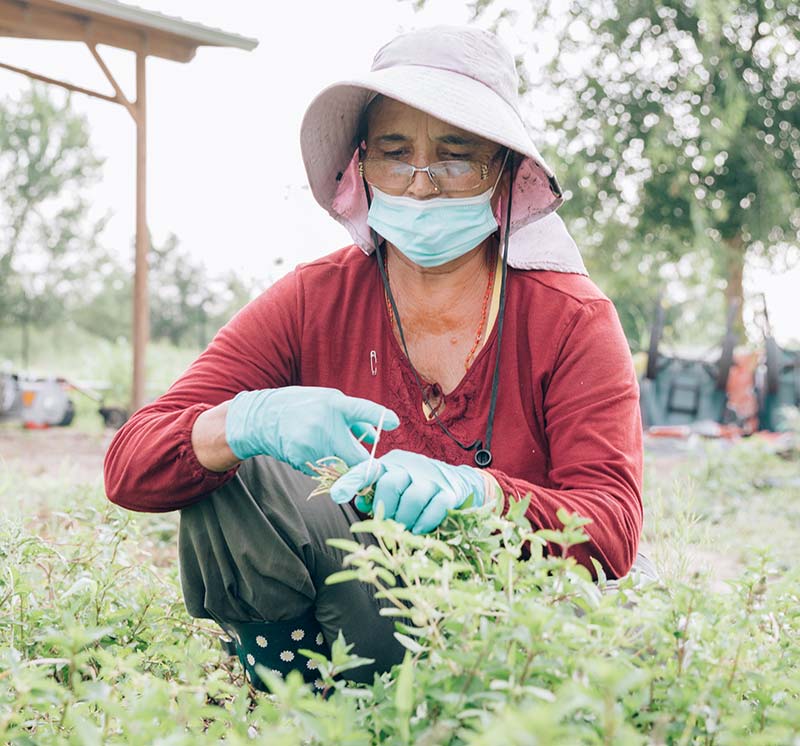
“One of our farmers, Krishna, is in her 60s. She came here as a refugee from Nepal, but is originally from Bhutan. She was participating in subsistence agriculture back home, and now those skills transfer here, in her new home, in a way that she can earn a livelihood.”
The New Leaf farming model stretches far beyond the bounds of agriculture.
When we look at needs and solutions that serve people and the community as something that can happen in concert with each other, instead of compartmentalized, the impact stretches over a lifetime, not just a harvest.
When MRC realized more language learning was needed, they partnered with Americorps VISTA and volunteer ESL teachers to provide English as a Second Language (ESL) classes twice a week, during shifts at the farm and textile studio. That built confidence and professional and personal growth — something the refugees will always have and a game changer for creating a viable life in the states.
The Place Where Land Meets Soul
During a spur of the moment harvesting opportunity, a crossing of paths would change everything for MRC. A local farmer offered rows and rows of potatoes to anyone who could harvest them.
Wandaka and fellow refugees ventured out to harvest potatoes and the owner of the land, Jon Beall, came over to see who they were. Wandaka shared more about his journey and how they had an expansive vision to grow their community gardens into a fully functioning farm. Beall was touched by their passion and success, and offered 20 acres at an extremely low lease rate to start the farm.
They named it New Leaf.
Little did they know this plot of land wouldn’t just be a farm, it would be a sanctuary for refugees who often find themselves adrift in the foregin culture of an urban environment.
I came to work like a farmer and I feel good because I see nature.
To be in the presence of Wandaka and his mother, safe and surrounded by a lush and expansive farm with native birds soaring above, grasslands thriving to the horizon, fully emboldened with a sense of belonging and fulfillment, is in itself, the embodiment of a full-circle reunion with the land and strikes reverence for the journey they have been on.
As with most farms, trial and error and many highs and lows freckled the land – winter freezes, pest infestations, and insatiable herds of deer.
As the New Leaf team integrated learnings and wisdom from the refugees to support soil health, they eventually found their stride. They now have a Community Supported Agriculture (CSA) program that now supports more than 120 households. Wandaka’s fingerprints can be seen throughout the growth of services provided to the community.
He was instrumental in helping build the community gardens, a project that has supported more than 20 refugee families since then. With his support, New Leaf has expanded to employ five refugees through their CSA, weekly farmers markets and sales from Austin chefs.
Their booth is arguably one of the most popular at the local farmer’s market. People come from all over for Doli’s recipes and to get a glimpse of Wandakas radiant smile and bask in his passion for farming.
Looking at social enterprise models, like the one at MRC, that support re-localizing the food system (and every stakeholder in the process) could be a viable solution for many communities, specifically those welcoming and supporting refugees. Another opportunity that has been largely overlooked is natural fiber and textile production.
Food and fiber are part of an interconnected system with many linked impacts on health, social justice, and the environment.
For the refugee community, the desire to sew is just as strong as the desire to reconnect to the soil. Unlike most typical Americans, refugee women are often seamstresses in the home and highly-skilled, even professionally trained on industrial machines. So when MRC had the chance, they acquired Open Arms Studio, a made-in-the-US cut-and-sew production studio specializing in home goods, accessories and clothing basics.
The women of Open Arms Studio call the relationships they have made there a “sisterhood.”
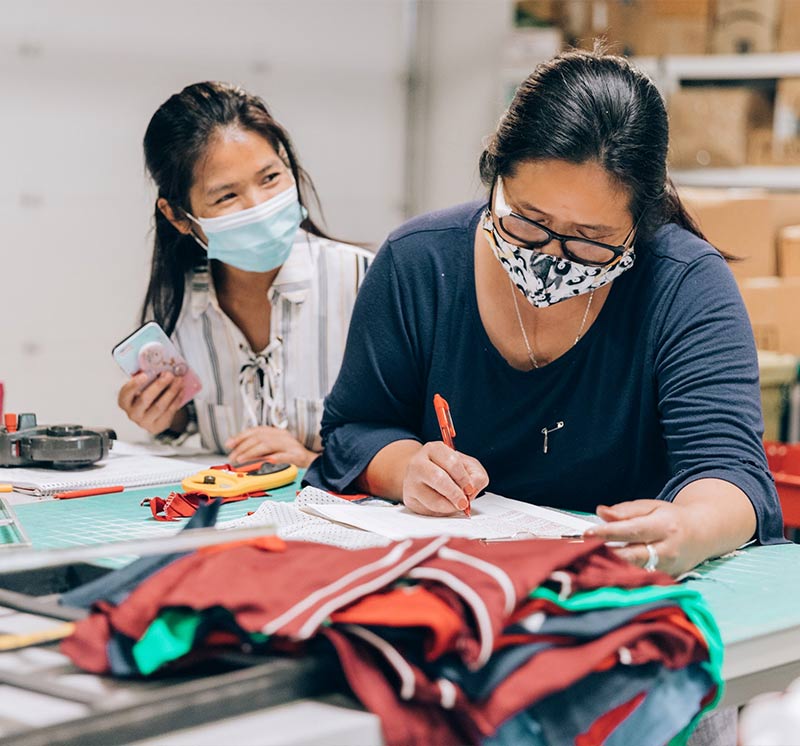
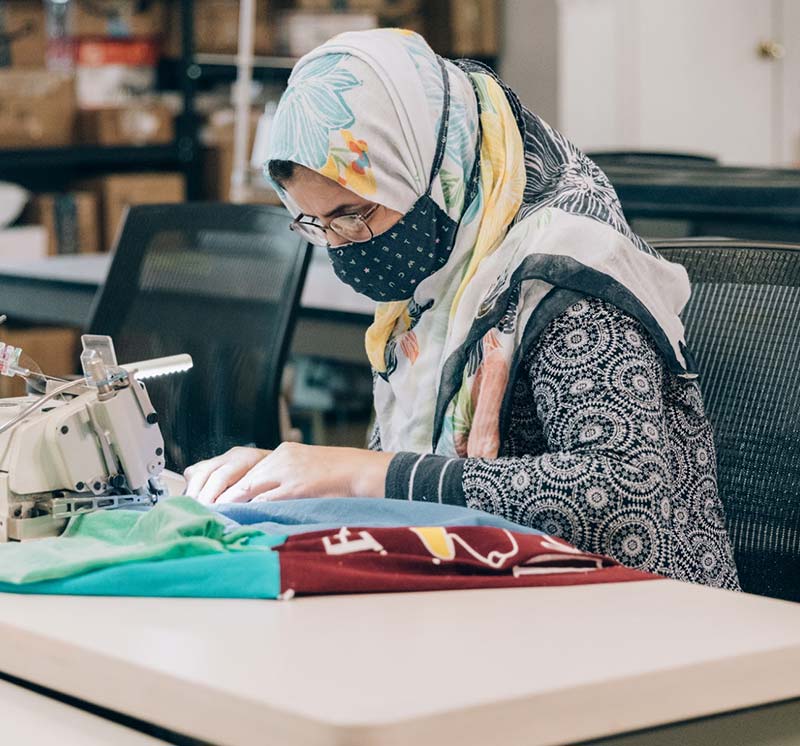
Erksine, explains how the studio helps refugee women from diverse cultures bond together. “You know what it means to be a mom, and you know what it means to have this skill of sewing and be able to do this work alongside one another.”
At the textile studio, they provide full time work, in-depth sewing training, ESL classes and look forward to growing their Seed to Stitch line incorporating plants grown by New Leaf including lavender and flax as well as colorful natural dyes such as Mexican mint marigold.They’ve partnered with large brands like IKEA, local fashion designers such as Newton Supply Company and Major Darling, and e-commerce brands such as Project RePat and Trek Light Gear with a goals of further connecting food and fiber through regeneratively-grown crops.
With the hope of every refugee spreading their wings and finding their path to success in their newly adopted country, the regenerative farm and textile studio are providing a launching pad to success in their newly-adopted home country.
And at the end of this month, after six years with MRC, Wandaka’s is the model of where that launching pad can lead. His next adventure is to advance his education by studying abroad in Canada, double majoring in French and Political Science.
Wandaka’s journey on the farm represents what could be, what should be, when it comes to home we treat, respect and support new refugees to the U.S. His story is the potent outcome of prioritizing livelihoods over job placement, listening over demanding, and community over capitalism.
And even though Wandaka will be leaving this farm, the regenerative farming experience will never leave him. He’s sure of that.
Farming will always be a part of my life because it is a part of my culture.
he says, standing amidst the hibiscus he helped plant.
As the final days of summer begin to fold into fall, you can feel the promise on the farm – the vibrant and joyful energy. It’s palpable. Wandaka may be moving on, but he has left behind his spirit in the soil and community at New Leaf.
Between the rows of hibiscus, amongst bursts of laughter, one of the refugees sings, “New farm, new life.” An apt summary of what this small but mighty farm and organization is all about.

